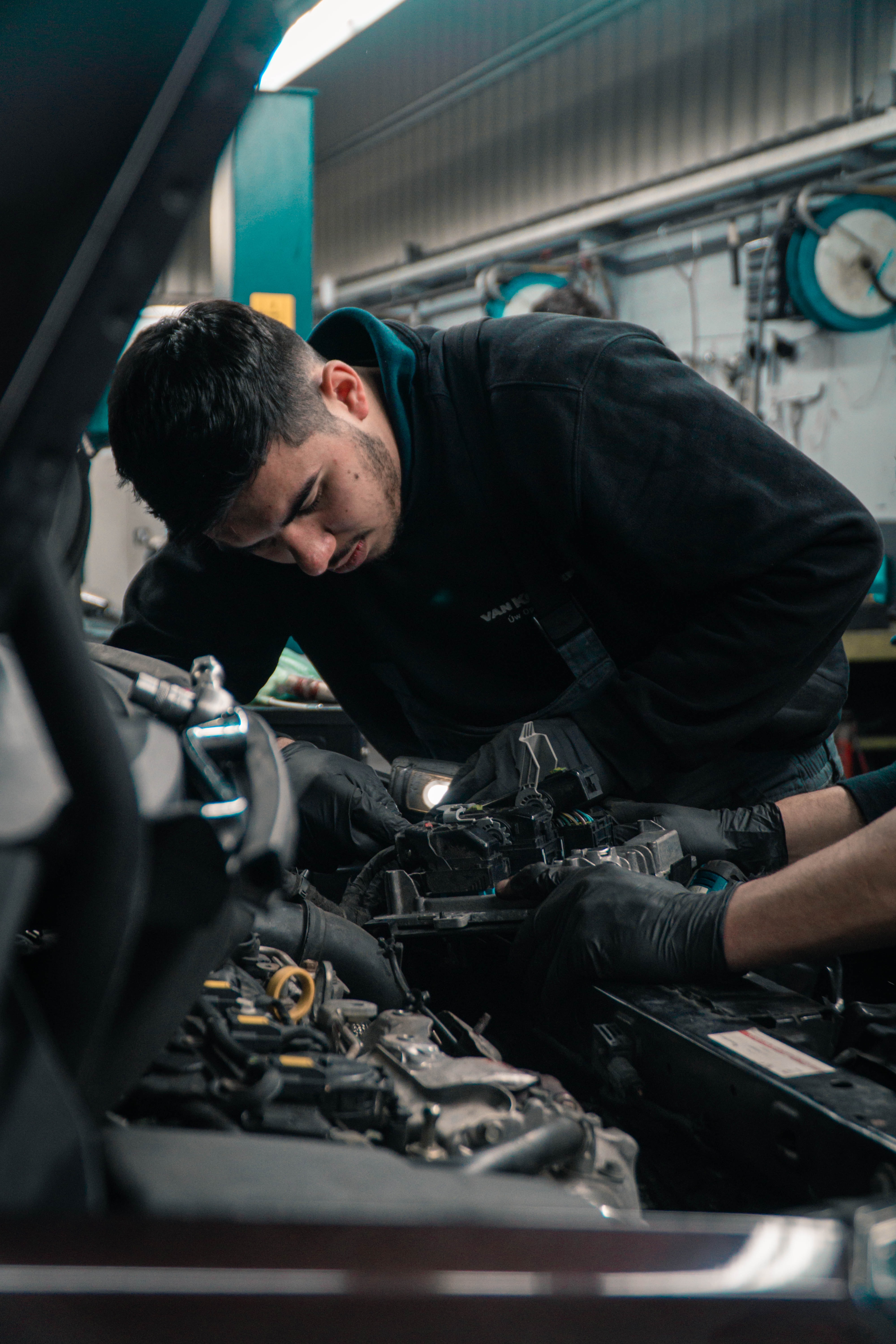
The average age of vehicles on the road has been climbing over the past two decades. USA Today reported that the age of the average vehicle on the road is nearly 12 years old. With millions of cars hitting the decade mark, you may be wondering, “How can I make my car last longer?” With an older car comes several benefits. One of those benefits is the peace of mind of knowing that you no longer have a substantial car payment.
Think of that. Not having to shell out a car payment every month is a tantalizing idea that many believe to only be a fantasy. With the average car payment ringing in at over $500 a month, according to a CNBC report, it’s no wonder consumers are looking at other options to keep their cars running longer.
Thinking Ahead Before Buying Will Improve Car Lifetime
A great way to begin getting the maximum life out of your vehicle is to start out making the right decisions when buying it. Here are a few tips on that:
1. Buy What You Actually Need, Not What You Think You Need
When you initially begin the car buying process, be sure to go into the hunt with the right frame of mind. Don’t let yourself be fooled into buying more car than you need, or shelling out extra cash for bells and whistles that don’t offer the benefits of safety and security.
While being sure to have enough horsepower to get you up to merging speed on the highway is important, being caught up in getting pushed in the back of your seat at every stop light in your daily commute is hard on the engine and other components of your vehicle. Don’t let the initial test drive and a smooth-talking salesman divert you from the long goal: Keeping this car on the road for a decade or more.
2. Consider The Associated Vehicle Maintenance Costs
What you need to keep your eye on are things like combined fuel efficiency you get a better idea of how much you’re going to be paying at the pump every week. Also, keep in mind the needs that you may have now and in a few years. It is no good to buy a two-door coupe when you’re planning to have children.
3. Make Sure You Know Where You Will Be Driving
Also, keep in mind what you need your vehicle to be capable of. If you only commute on the highway, any car will do, but if you need to be able to cross some off-road terrain be mindful of the 4x4 capabilities, you may want. Along the same thought process is the consideration of climate. If you live in a relatively mild climate, and snow is only something you see seldomly, then a simple front-wheel drive will suit your needs fine. If you have to deal with a significant accumulation of snow every winter, then an all-wheel drive car or truck is something you should really consider.
Don’t be dismayed. All-wheel drive capabilities don’t necessarily have to mean a sky-high price tag. However, paying a little bit more to save yourself a mountain of inconvenience down the road is certainly worth it.
Whichever way you go when you initially purchase the vehicle, remember that the true goal is to love your car for the length of ownership. So, do your research and head into the buying process, knowing what you want, and need, and the difference between the two. Somewhere in between lays the happy medium of long-term vehicle ownership.
How To Make Your Car Last Forever (Or Just Long Enough)
For those who already have a car they love, and are wondering how to take it with them into the next decade, there are a few simple tips to help your odometer hit six figures and keep climbing.
4. Follow Regular Maintenance Schedule
Chiefly, follow the recommended maintenance schedule that is included in the owner’s manual. For those of us who aren’t familiar, the owner’s manual is that thick book that sits in the glove box. It has quite a bit of useful information in it. Almost all of it is in there to get the most life possible out of your car, truck, or SUV.
5. Check If You have a Severe Maintenance Schedule
Following the recommended maintenance schedule is good, but sometimes you should be aware of what is known as the Severe Maintenance Schedule. This is a schedule that includes more frequent maintenance and is usually needed for people who drive in extreme temperatures, tow or haul heavy loads, consistently drive in stop-and-go traffic, or only make short, frequent trips. These conditions can wreak havoc on a vehicle's drivetrain, transmission, and braking systems. Servicing these areas often and performing the recommended preventative maintenance will extend the life of the vehicle considerably while also steering you clear of major repairs down the road.
6. Drive Safely - It Saves Lives and Money
Another simple, and sometimes overlooked, aspect of keeping your car on the road is to drive safely. Though it should almost go without saying, being present while driving and staying alert at all times is becoming harder and harder to maintain. It’s a bit of a challenge to pull up to an intersection or stop light and not see somebody looking at their phone. But utilizing new phone features that lock your phone until you’re out of the car is helping to put the emphasis back on driving and attributing to safer driving conditions. If you’re less likely to severely wreck your vehicle, you’re more likely to be able to drive it for years to come.








